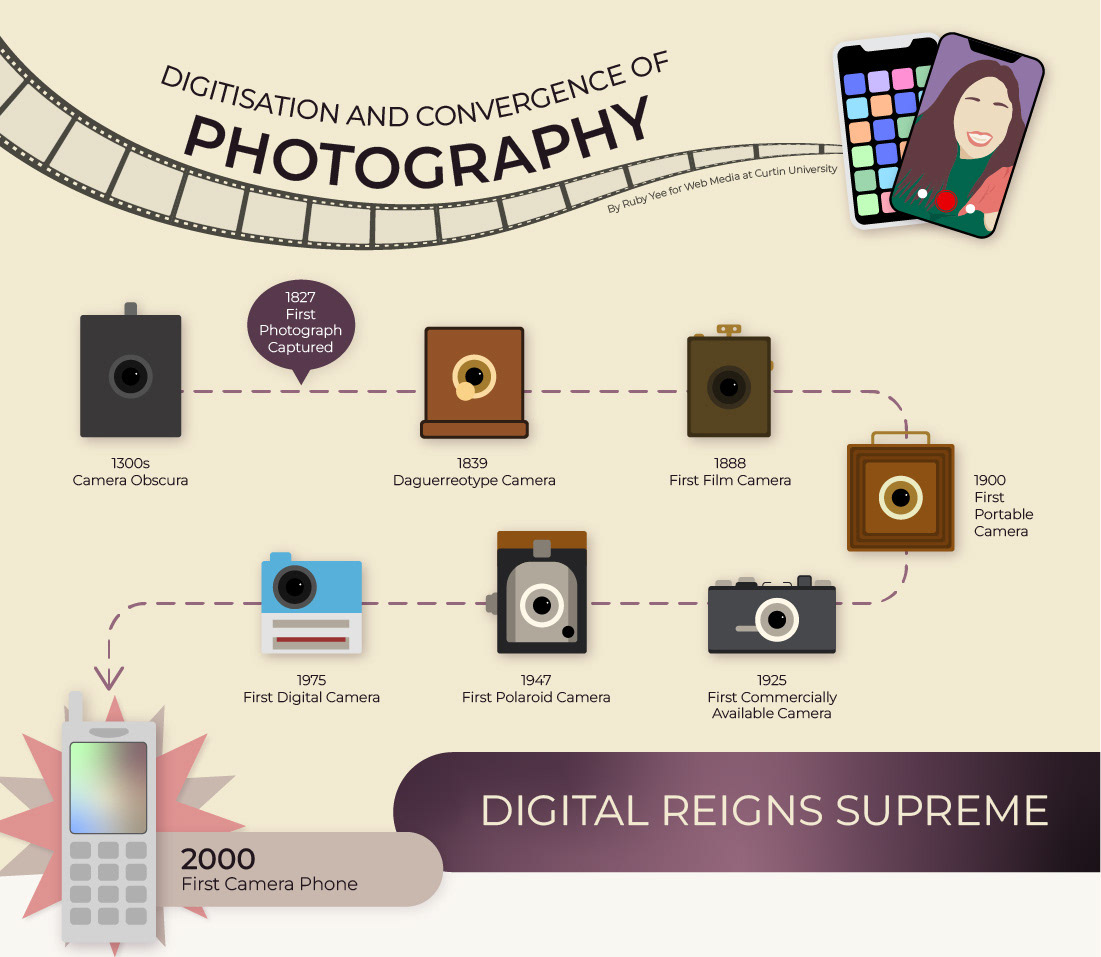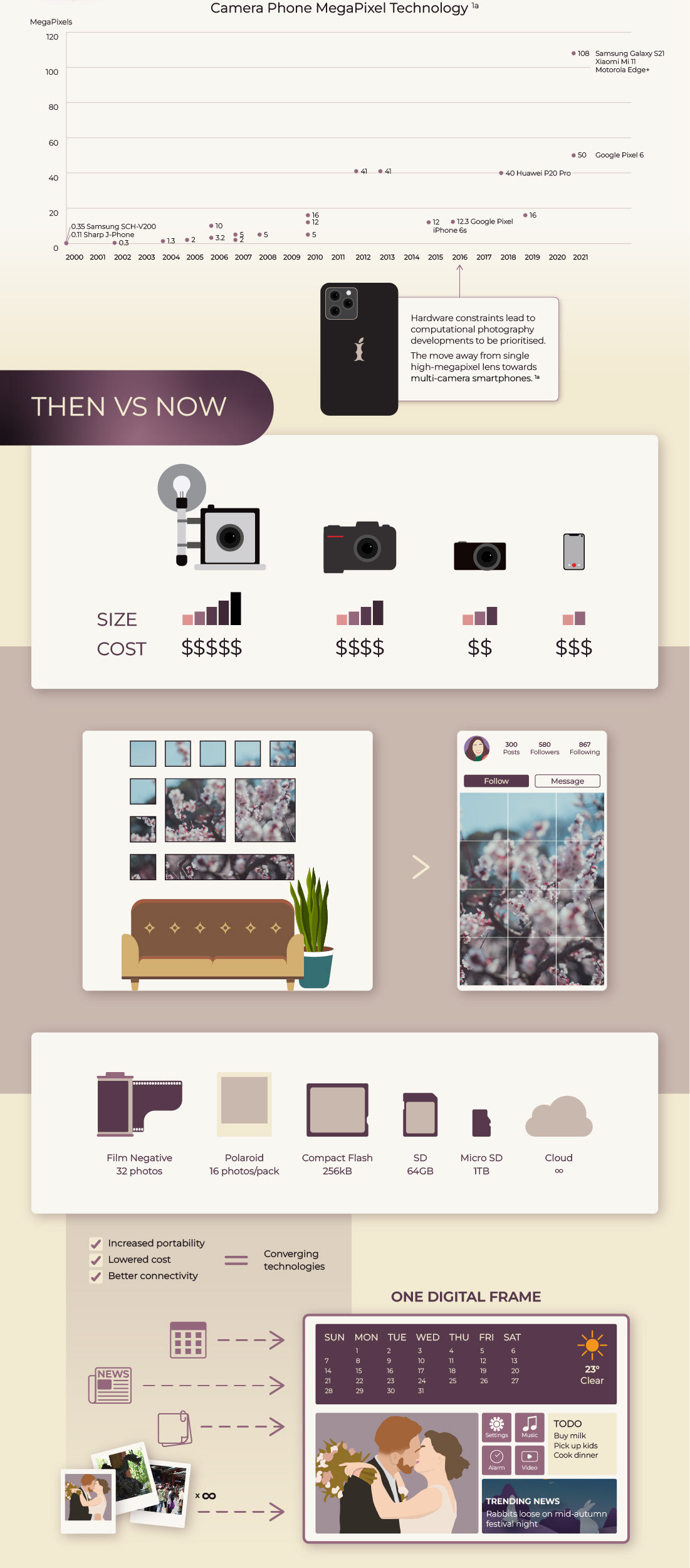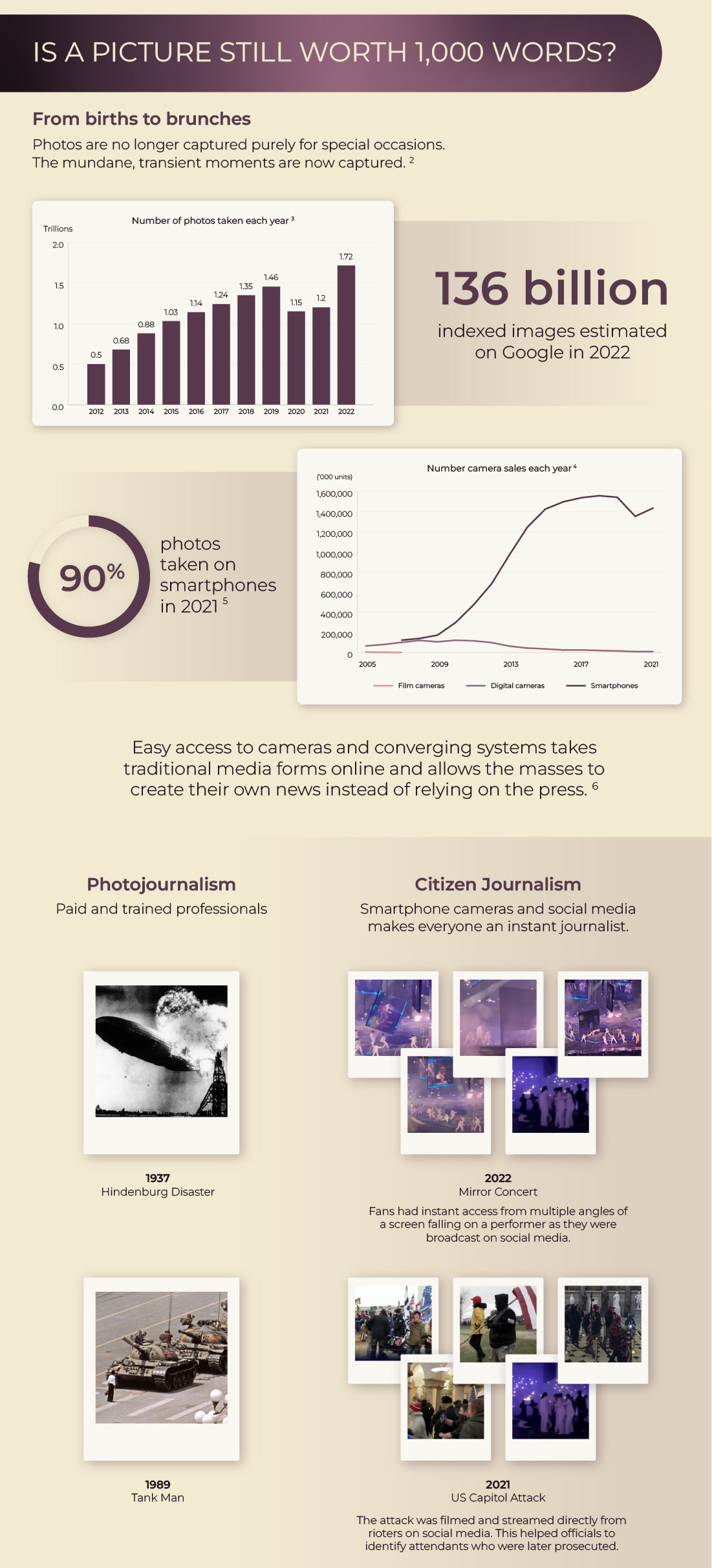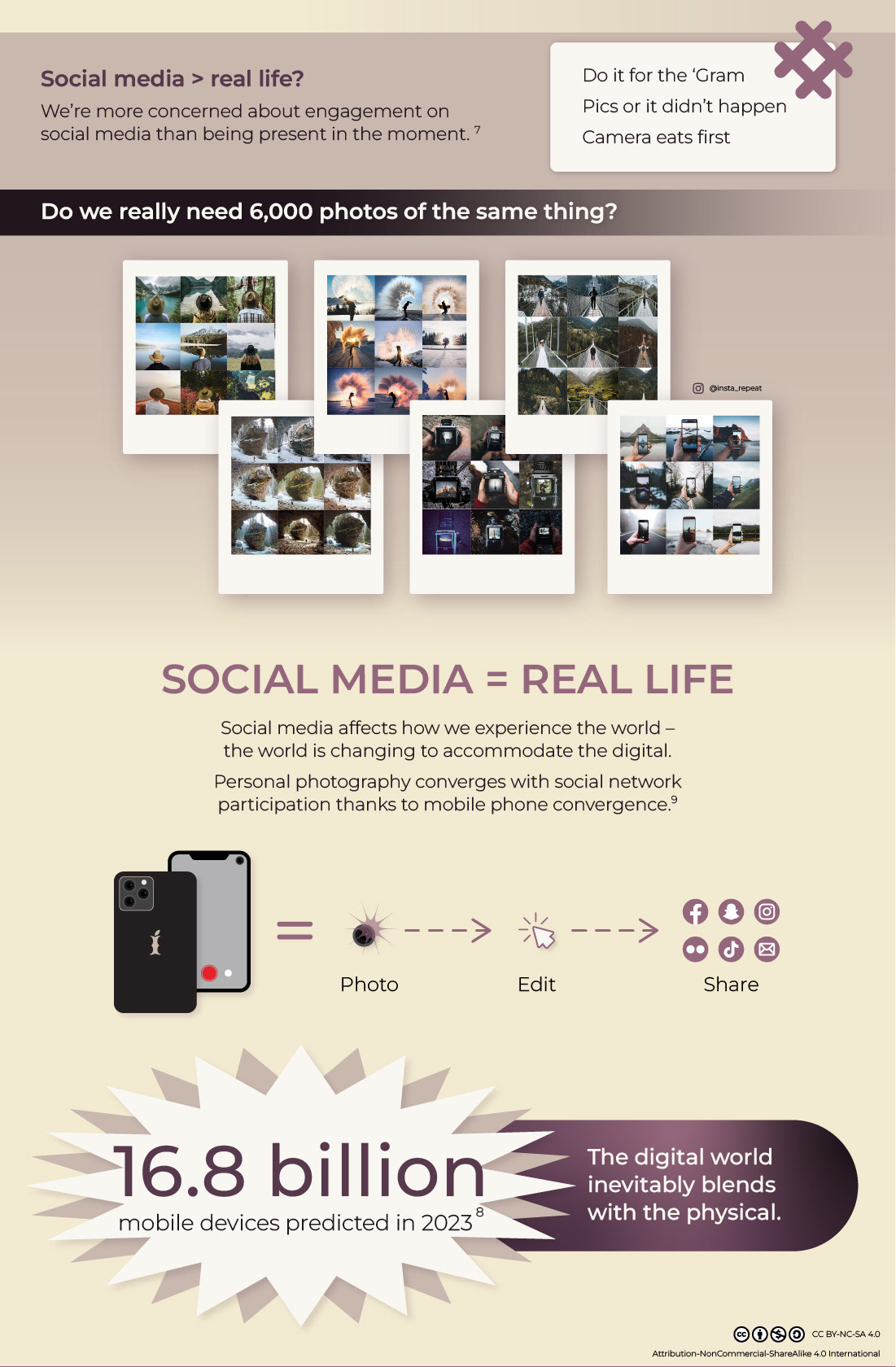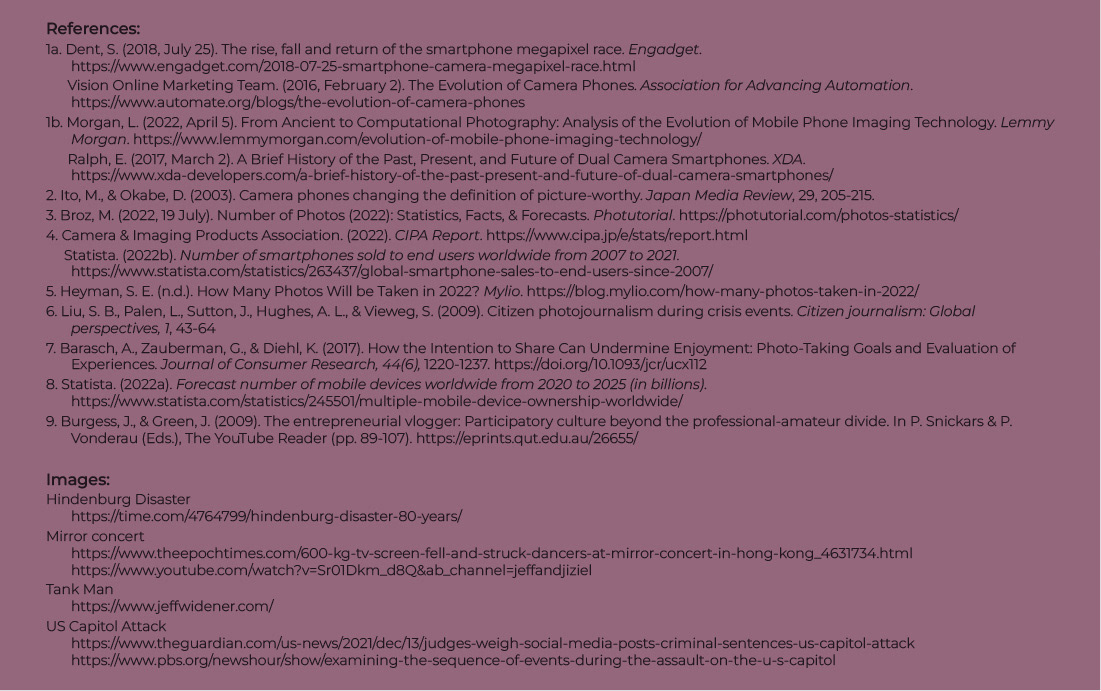Since the emergence of photography, we have viewed images captured as objective and factual, and accepted them as a portrayal of real events as a means of communication. It was in fact, viewed as a scientific breakthrough rather than considered art in the early decades (Newhall, 1982). With the invention of digital cameras and smart phone cameras, along with the ease of use of photo manipulation software, the reputation of photography as a reliable view of the world was diminished.
Photography has existed since the early 1800s and has been a staple in the way the human race has documented events on a personal and population level (Livingston & Dyer, 2010). It serves as a medium in which visual evidence can be captured and stored to be viewed repeatedly for what can be assumed forever. It has been seen as an objective representation of the truth. While once considered an exclusive service only reserved for special occasions and the upper class of citizens, recent accelerations in technology have meant that it is available for almost the entire population – anyone with access to a smart device. The infographic depicts the evolution of photography and attempts to effectively portray the effect of digitisation and convergence of photography on the population, graphically.
